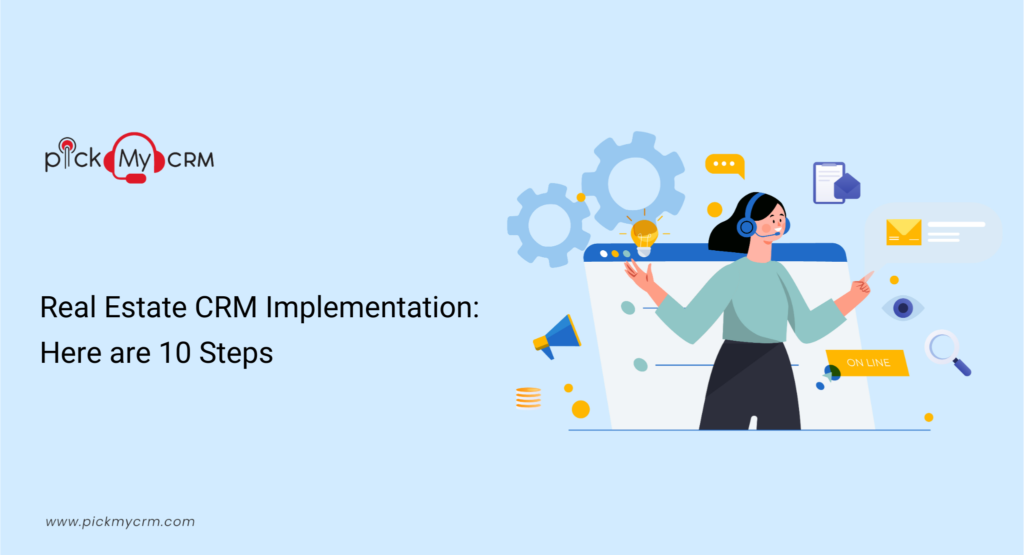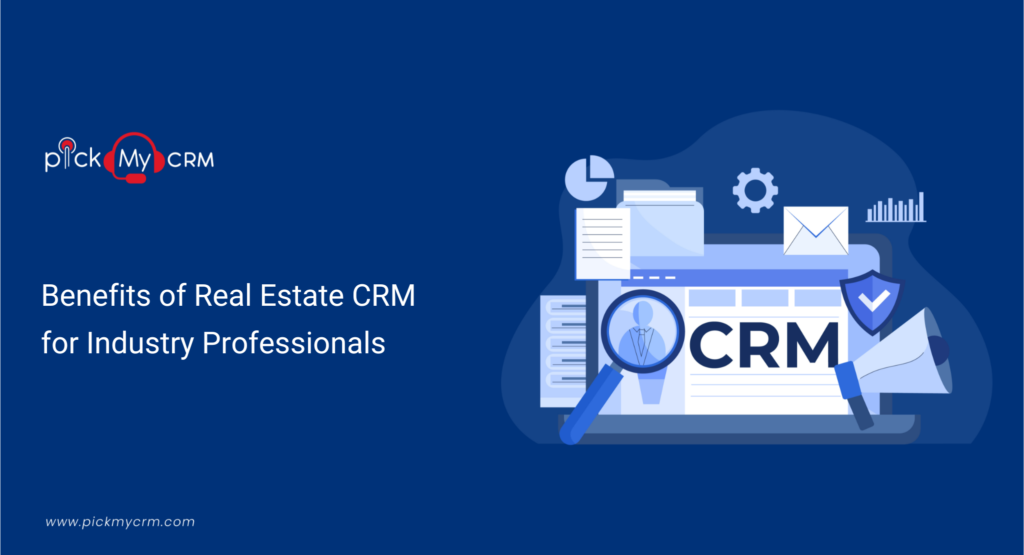Real Estate CRM Implementation: Here are 10 Steps

Real Estate CRM Implementation: Why Matters?
Implementing a CRM in your real estate business can provide numerous benefits. It optimizes lead management, automates follow-ups, improves client engagement, and offers data-driven insights for informed decision-making. Through the Consolidation of information, the team gains real-time access to data, fostering personalized client interactions and facilitating streamlined communication channels.Real Estate CRM Implementation in 10 Steps
Introducing a real estate CRM (Customer Relationship Management) system can revolutionize your business operations and customer engagements. Here's a comprehensive guide to navigating you through the transformative process of implementation,Define Your Requirements
Identify your specific needs and goals for the CRM system, considering features like lead management, contact management, task management, document storage, reporting capabilities, and integration options.Research CRM Options
Conduct thorough research to find CRM systems that align with your requirements. Seek out CRM software tailored explicitly for the real estate sector, often equipped with specialized features catering to industry needs. Evaluate multiple CRM providers, compare their offerings, and read reviews or testimonials to make an informed decision.Plan the Implementation Process
Once you've selected a CRM system, create a detailed implementation plan. Determine the scope, timeline, and resources required for the implementation. Assign roles and responsibilities to your team members who will be involved in the process.Data Migration
Evaluate your current data and identify elements for migration into the new CRM system. Carefully clean and structure the data to ensure precision and uniformity. Some CRM systems allow direct data import from spreadsheets or other existing platforms, streamlining the process.Customization and Configuration
Customize the CRM system to suit your specific needs. Adapt fields, workflows, pipelines, and automation rules to match your business workflows and procedures. Set up user roles and permissions to control access to data and features based on job responsibilities.User Training
Deliver thorough training to your team, ensuring they are proficient in using the CRM system. Offer training sessions, tutorials, or documentation to acquaint them with features, navigation, and best practices. Foster an environment of engagement by encouraging questions and open communication for optimal utilization.Integration with Other Systems
Seamlessly integrate your CRM with tools like email marketing software, lead capture forms, accounting systems, or property listing platforms. This synergy enhances data flow and overall operational efficiency.Testing and Refinement
Before initiating full deployment, It's essential to conduct comprehensive testing of the CRM system to ensure flawless functionality. Examine various scenarios and workflows to pinpoint any glitches or potential areas for enhancement. Gather feedback from users and make the necessary refinements based on their input.Launch and Adoption
Once you are confident in the CRM system's functionality, officially launch it within your organization. Monitor user adoption and provide ongoing support to address any questions or challenges. Encourage your team to embrace the CRM system and regularly use it to manage client interactions and track progress.Continuous Improvement
Regularly evaluate the performance and effectiveness of your CRM system. Gather feedback from users and stakeholders to identify areas for improvement or additional features. Stay updated with new CRM system updates or releases to take advantage of enhanced functionalities. Remember, the implementation process may vary depending on the CRM system you choose and the specific needs of your real estate business. It's crucial to involve key stakeholders, communicate effectively, and ensure proper training and support for a successful CRM implementation.Benefits of Real Estate CRM Implementation
- Improved client relationships through personalized interactions
- Enhanced lead management and follow-up automation
- Streamlined processes for increased efficiency
- Data-driven insights for strategic decision-making
- Centralized information for easy access and collaboration



